Our blog posts from Rome will be titled “When in Rome” followed by a Roman numeral. It just feels right. The posts will also be mostly pictures because you deserve a break from Chatty Cathy I’m a little tired. No, seriously, a week in Rome is quite enough for the surface level. I think you either need a week or a month, but nothing in between.
I’d love to do my usual book report blog and tell you all that we learned from our research, our wandering and our tours. But it’s really just way too much to synthesize. So instead I’ll share some scenes from our week and hope that you will be a proper Worldschooler and will research those things that interest you. Or at the very least smile at the pictures of my hot sweaty bored adorable children. Either one works for me.
Colosseum
Fun fact: The Colosseum’s real name was the Flavian Amphitheatre. The name Colosseum is derived from a colossal statue of Nero nearby (the statue of Nero was named after the Colossus of Rhodes). This statue was later remodeled by Nero’s successors into the likeness of Helios (Sol) or Apollo, the sun god, by adding the appropriate solar crown. Nero’s head was also replaced several times with the heads of succeeding emperors: “This is a pretty statue and this dude has a good body. I’m just going to move his head aside and put my head right here.” #Romanphotoshop
Even later, the entire statue was cannibalized for it’s bronze and recycled in other projects, including weapons and for the Vatican. The Pope “appropriated” many antiquities over two millennia. God approved, I’m sure.
Another fun fact: the word “arena” that we use for a gathering or entertainment venue comes from the Latin word for sand. They used sand on the floor of the coliseum during events to soak up the blood of the gladiators and animals. Good times in the empire, hey?
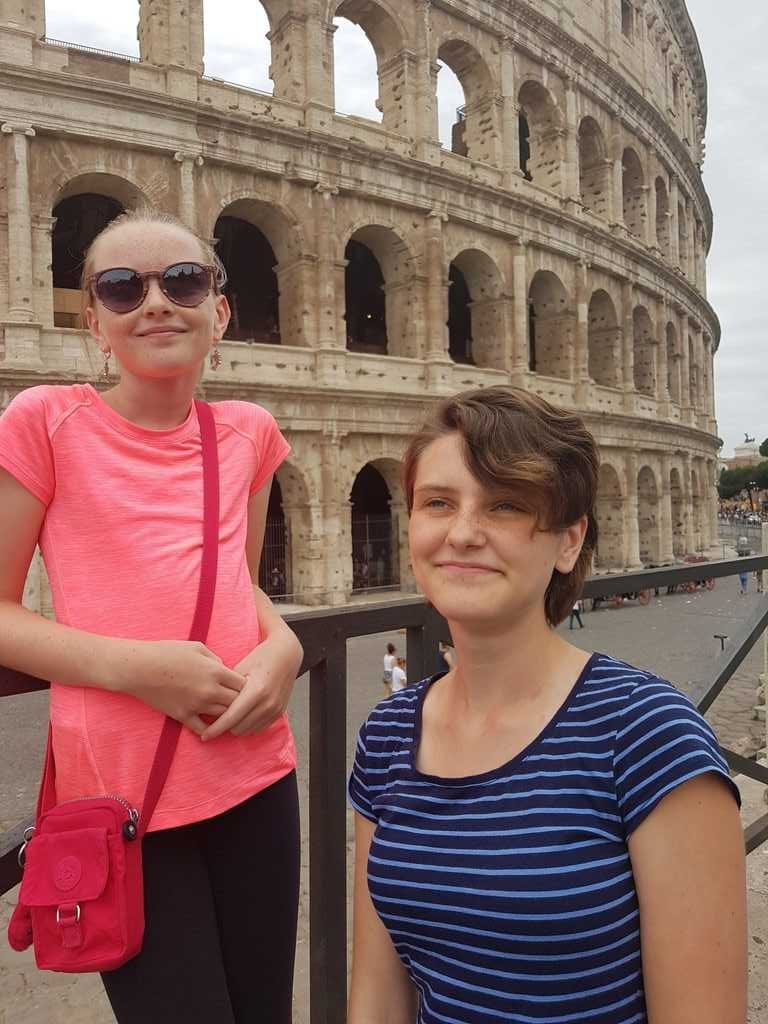
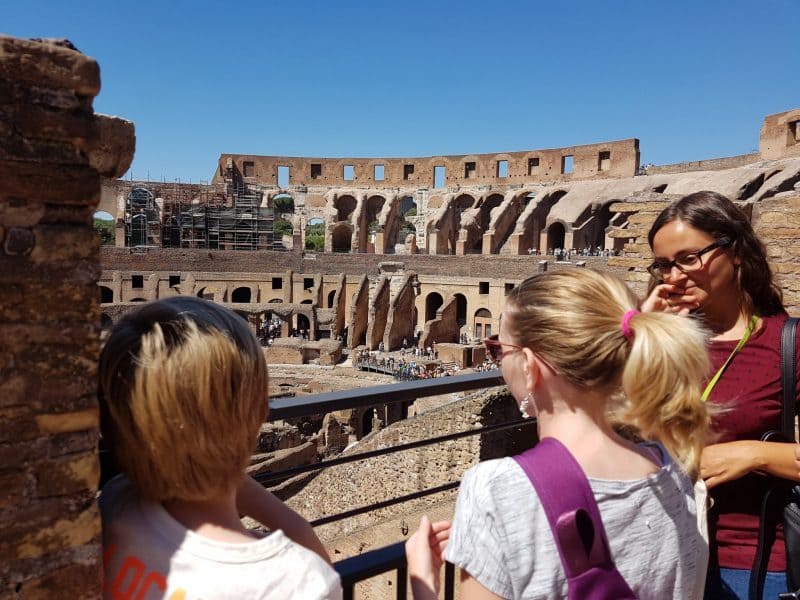
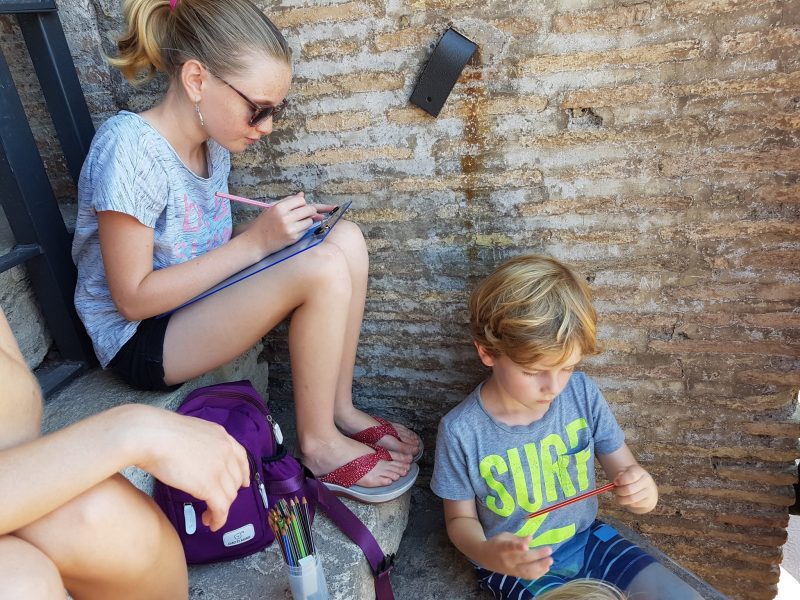
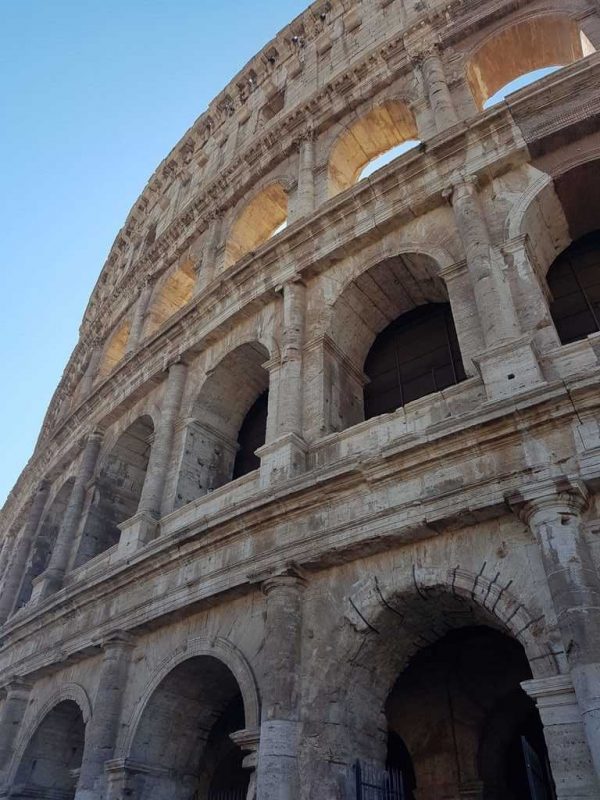
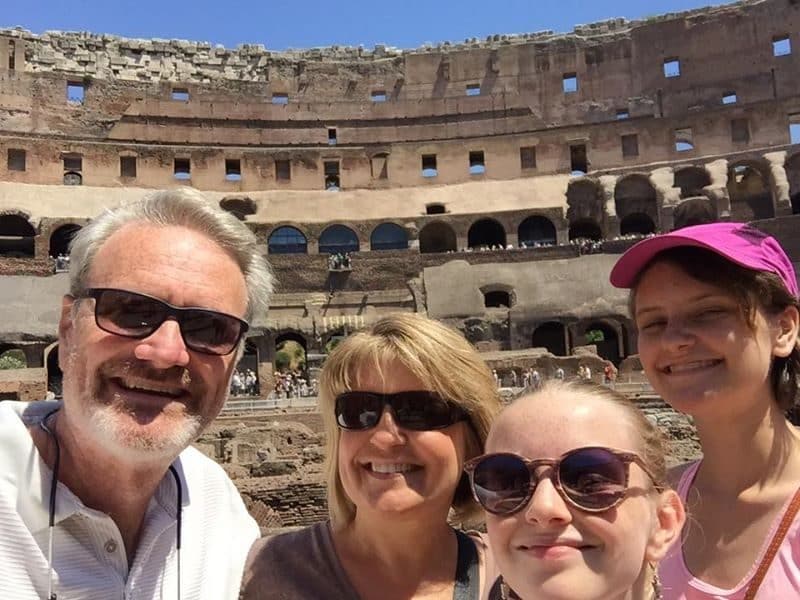
Caracalla Baths
Because Ancient Roman ruins eventually quickly never get old (opinions differ among the Shermanos), we went to some ruins of the city’s second largest Roman public baths, likely built between AD 212 and 216. They were in operation until the 530s and then fell into disuse and ruin. However, they have served as an inspiration for many other notable buildings, including the original Penn Station in New York and Chicago Union Station. Art works recovered from the ruins include famous sculptures such as the Farnese Bull and the Farnese Hercules.
They were huge. At any given time they could hold 1,600 bathers simultaneously. The daily capacity is estimated to be between 5,000 and 6,000. Romans like their baths. With others, evidently. Friends don’t let friends bathe alone.
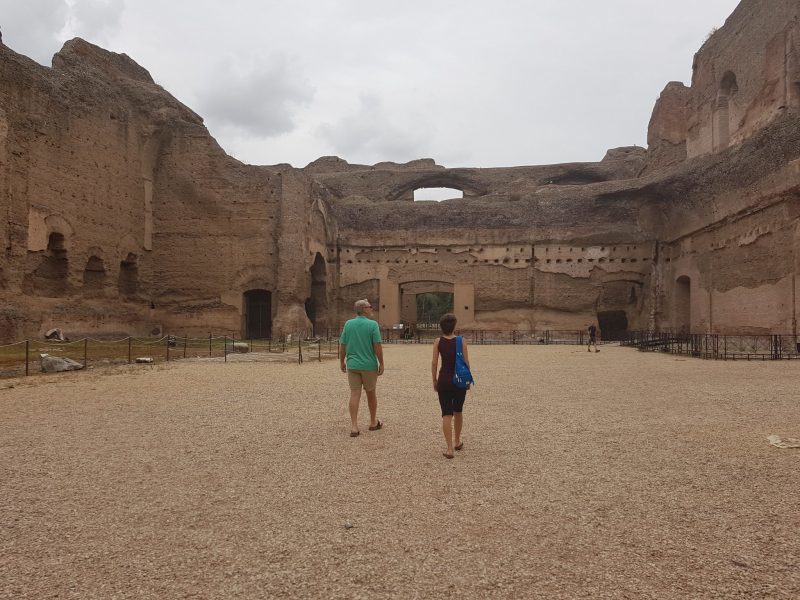
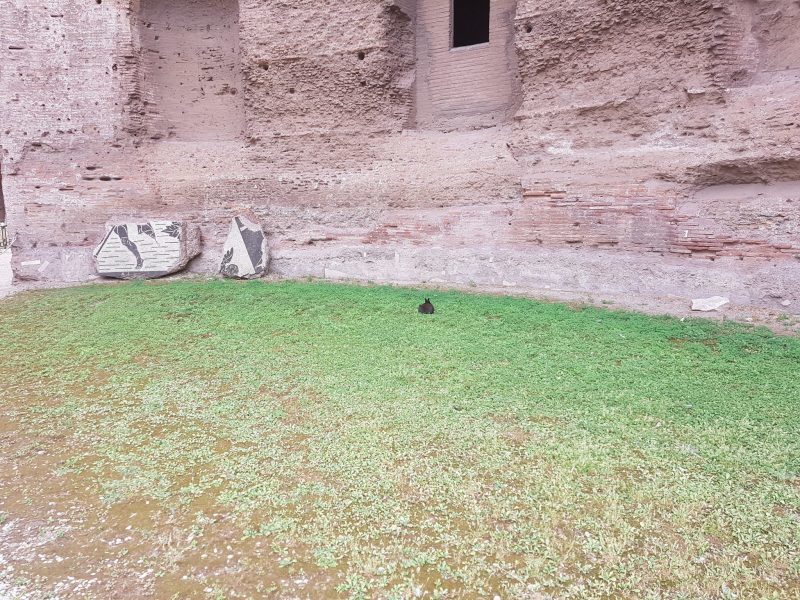
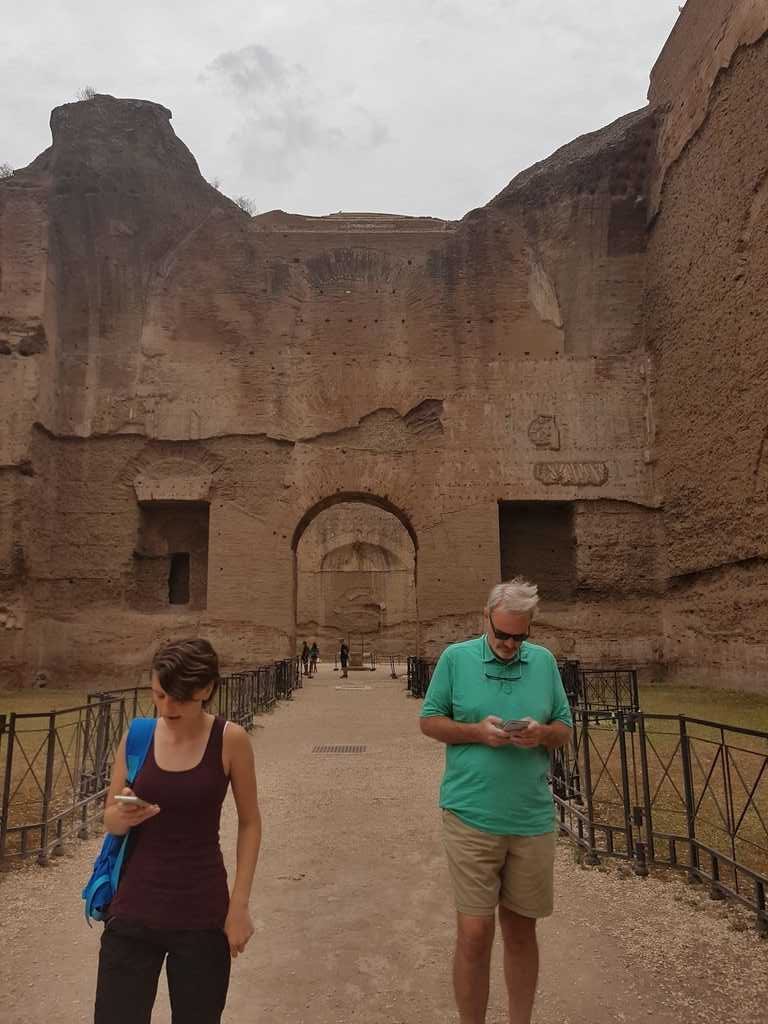

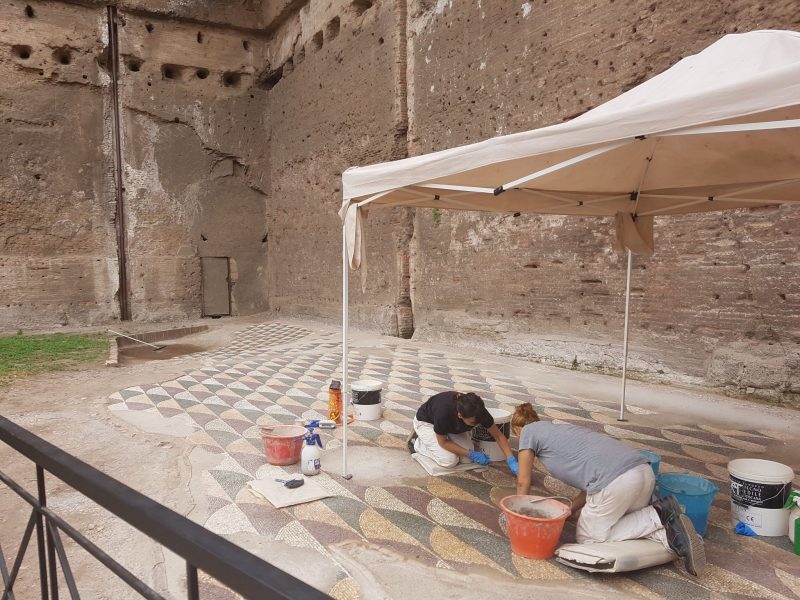
St. Clement Church
Some friends told us about this church. They called it the “lasagna” church because it was like a lasagna with so many layers. At street level you have a church built relatively recently (as in, the 7th century, which in Rome is like yesterday). Then under that you have a church built in the 4th century. Under that is yet another church built in the first century. That wasn’t so much a church as it was some homes where people worshiped in secret until Christianity became legal. Then it became more of a church. We went in and explored all the layers, although we could not take pictures, so I’ll just put this image here so you can try and visualize it. It was pretty neat.
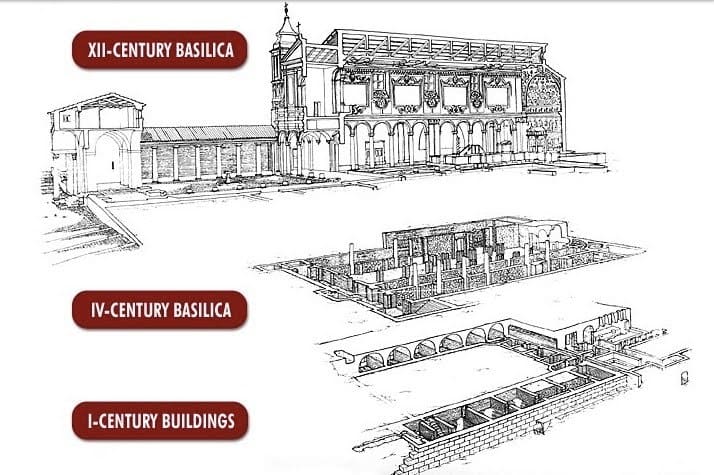
Don’t think you’re finished hearing about Rome. There’s II more blog posts to come because I thought you’d be interested want an excuse to use more Roman numerals.
